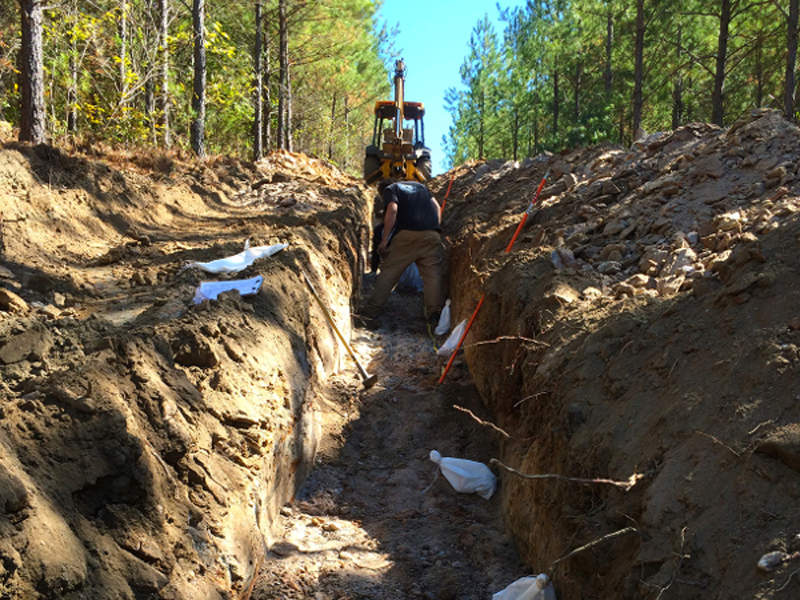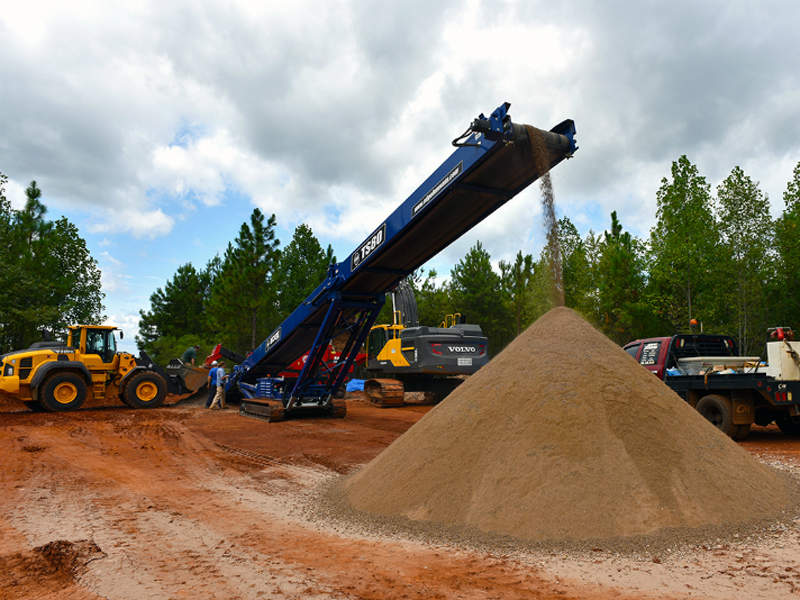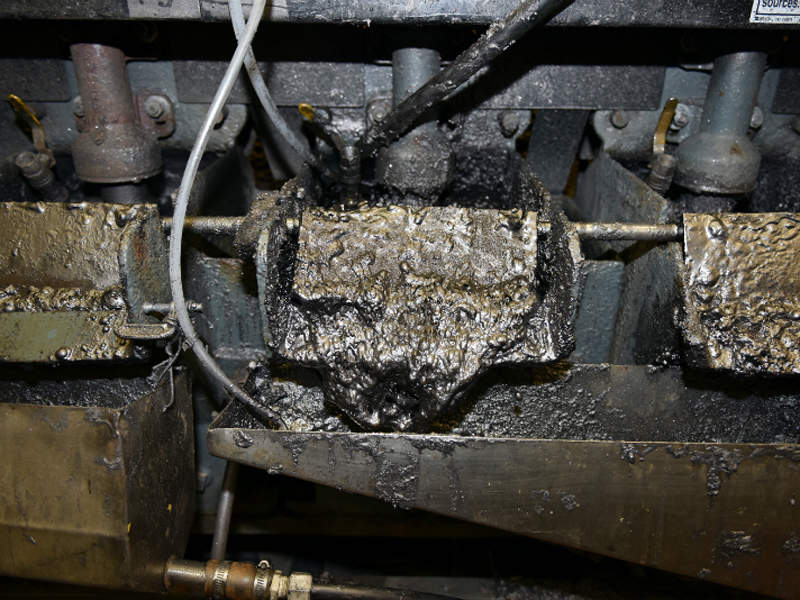The Coosa graphite mine is located in the western segment of Coosa County, Alabama, US. The natural flake graphite mine is the solitary project in the advanced stage in the country.
The project will produce two speciality, ultra-high-purity graphite products, including coated spherical graphite product (CSPG) and purified micronised flake graphite product (PMG) for use in lithium-ion and other battery markets.
Preliminary economic assessment (PEA) of the project was completed in November 2015. The Alabama Department of Environmental Management (ADEM) granted the National Pollutant Discharge Elimination System (NPDES) permit for the project in July 2017.
The project is expected to start commercial production in the fourth quarter of 2019 and anticipated to have a mine life of 27 years.
Alabama Graphite Corporation (AGC) fully owns the graphite project. Westwater Resources entered a definitive agreement with AGC to acquire all the issued and outstanding common shares of the latter in December 2017. The acquisition is expected to be completed in the second quarter of 2018, upon attaining the requisite approvals.
Coosa project reserves
According to 2015 resource estimates, the indicated reserves of Coosa graphite project are 78.49Mt, grading 2.39% graphitic carbon (Cg) and containing 1.876Mt of in-situ graphite.
Location, geology, and mineralisation
The Coosa graphite project is spread over 41,964 acres (16,982ha) and is located within the flake graphite block of central Alabama or Alabama graphite belt. It is situated approximately 80km from Birmingham, Alabama.
The project lies on the southern part of the Appalachian mountain range, which comprises folded and metamorphosed rocks of Neoproterozoic to Lower Paleozoic age. The rocks are covered by the coastal plain sediments of Cretaceous and younger age.
The project forms a part of the Higgins Ferry Group, which hosts multiple graphitic schist bands spread across more than 24.1km. It is estimated to contain a graphitic schist band with a strike length of 1.82km and a width of 365.8m.
The project geology is divided into four main lithologies namely quartz-graphite schist (QGS), intermediate QGS to quartz muscovite-biotite-graphite-schist (INT), quartz-biotite-graphite-schist (QMBGS), and quartz-biotite-garnet schist (QBGS).
Mining at Coosa
Conventional open-pit mining method involving loading and hauling will be used at the Coosa project. Based on the rock characteristic, the mine will eliminate blasting process and is expected to use an excavator and 45t articulated trucks.
The mining plan includes the excavation of oxidised mill feed initially, with haulage of waste and overburden material outside the potential mining areas.
Based on a cash flow analysis, the project is classified into three production schedules. The first schedule is targeted to achieve an annual throughput of 5,511t, while the other two schedules are anticipated to achieve throughputs of 16,535t and 27,558t respectively.
Ore processing at Coosa
The Coosa processing plant will include a primary unit and secondary unit, which will be capable of producing 5,500t of specialty high-purity graphite products annually. The units will be able to ramp up production to 16,500t in the seventh year.
The ore will be initially processed in a conventional crushing and milling circuit comprising two-stage crushing, and a rod and ball mill grinding unit. The ground material will be forwarded to rougher and cleaner froth flotation circuit.
The resultant product will pass through the purification plant comprising micronisation and spheronisation circuits, followed by thermal purification to produce the final (purified) product.
The purified fines will be transferred to storage hoppers in the products area, while the coarse purified product from the purification vessel discharge will be sent directly to a coating vessel. The particles will be coated with a thin layer of carbon in the vessel, which is required for ensuring durability in Li-ion anode production.
The coated, spheronised, purified graphite (CSPG) will be discharged from the coating vessel and transferred to the product storage hoppers for packaging and transportation.
Details of the Pilot plant at Coosa graphite project
AGC engaged SGS Mineral Services to construct and operate a pilot plant in Lakefield, Ontario, to test the performance of the proposed primary processing metallurgical flow sheet of Coosa.
The plant was aimed at producing a high-carbon concentrate amenable to secondary processing and to produce specialty graphite products. The pilot plant was able to produce an average of 96.7% of high-carbon grade with an overall recovery rate of 88.2%.
Infrastructure facilities at Coosa
Initial power supply will be provided by diesel generators, followed by electrical grid connection. A new 3.75-mile (6.04km) transmission line will be constructed to connect the mine with the Alabama Power transmission line, which is located to the west of the project site.
Water required by the process plant will be collected in the settling pond below the dry stack tailings management facility, in addition to a series of water wells. Drinking water will be stored in containers, while service water will be kept in a water storage tank and pumped to the locations when required.
Contractors involved
AGP Mining Consultants was contracted to prepare the feasibility study report of the project in July 2017. The company also prepared the PEA report for the project along with Metal Mining Consultants.
Metal Mining Consultants also updated the mineral resource estimates, while Thompson Engineering was engaged for undertaking the environmental and mine permitting works.






